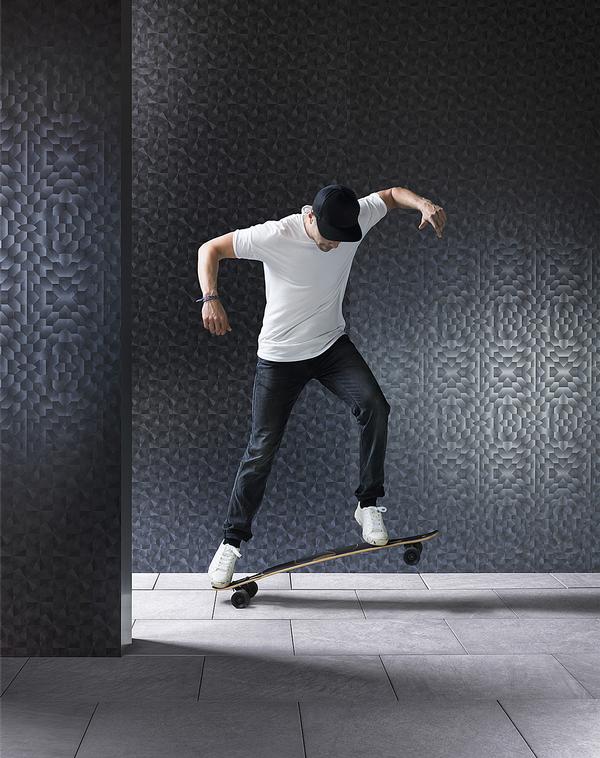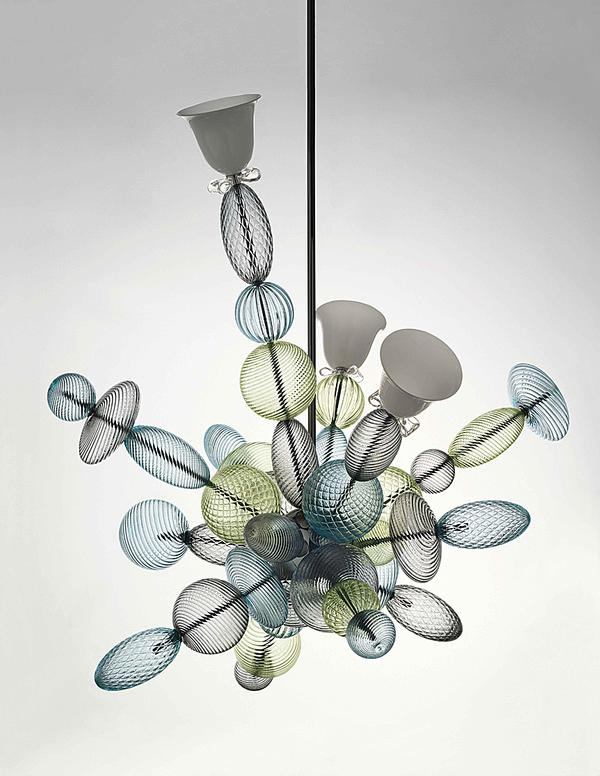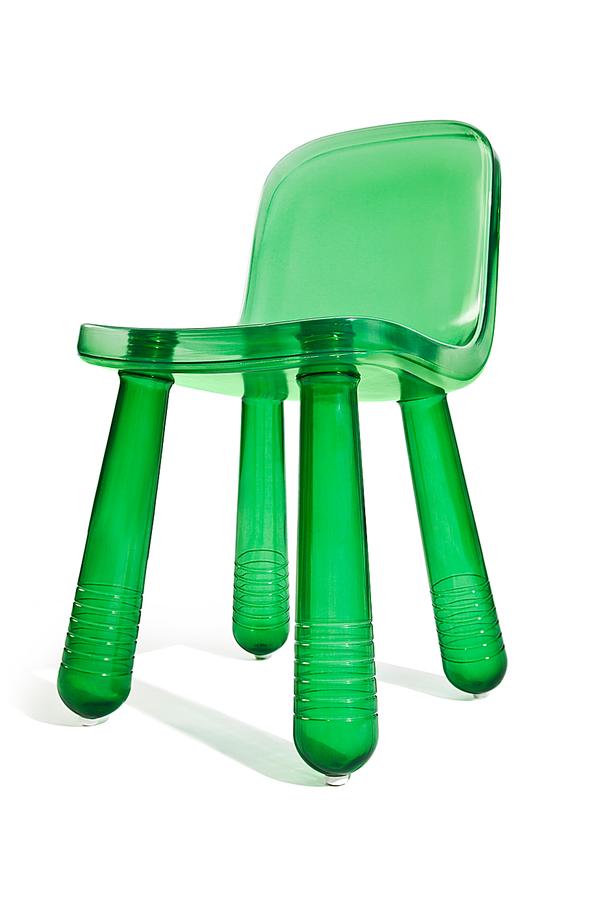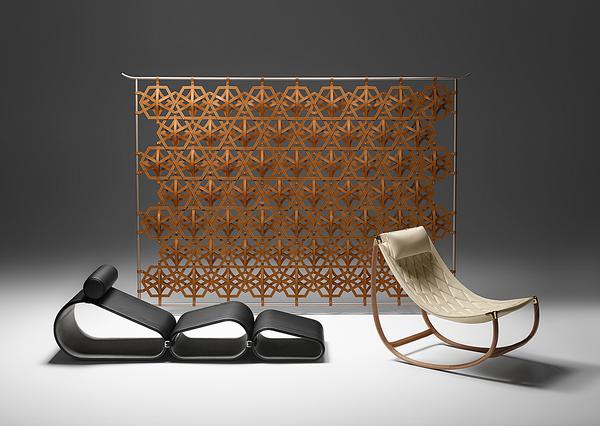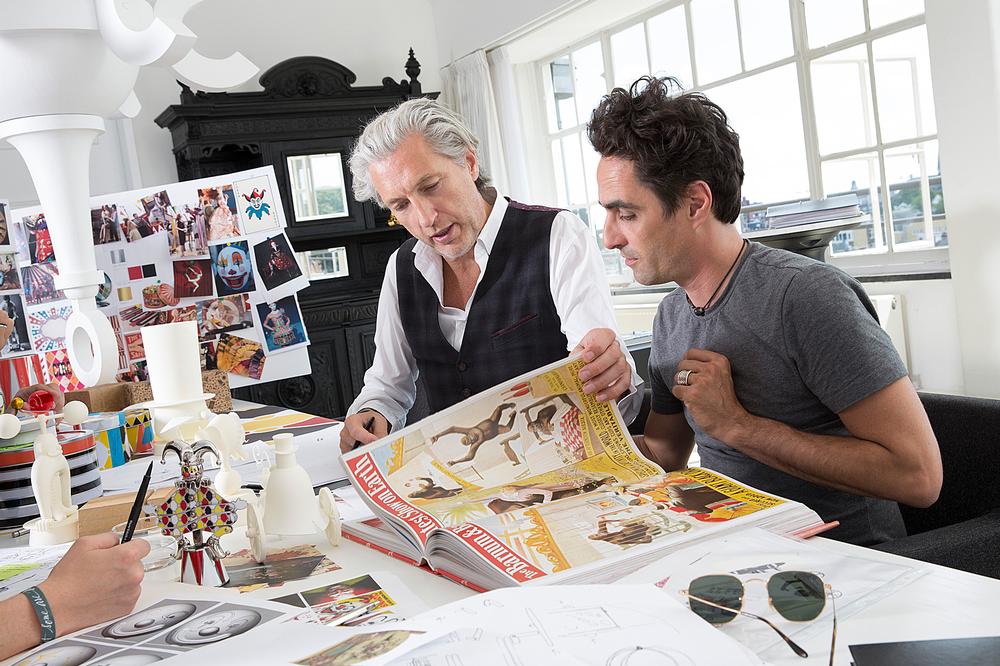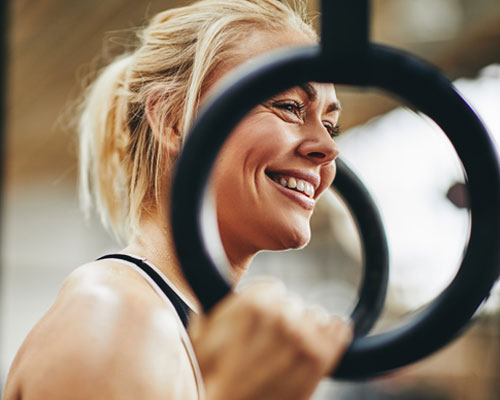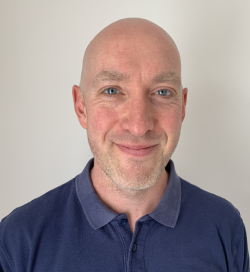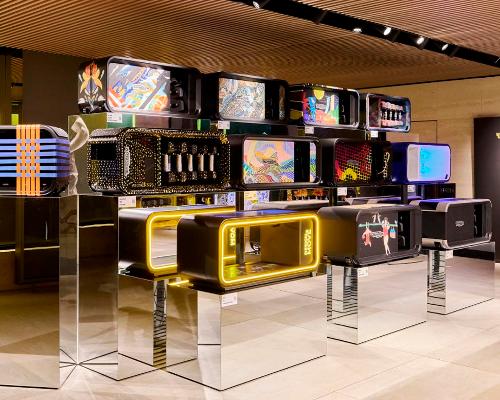features
Interview: Marcel Wanders on why he loves to embrace chaos
The multi-disciplinary Dutch designer tells Kim Megson why he rejects minimalism and embraces chaos
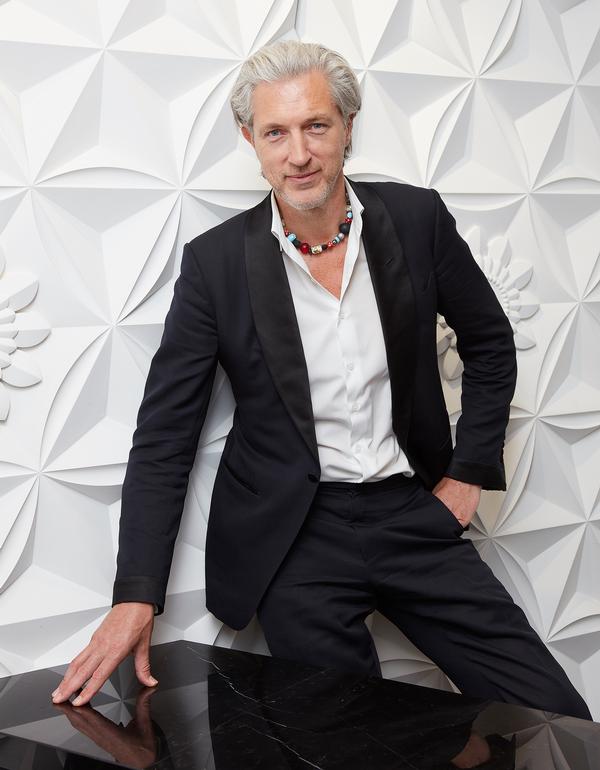
In 1996, Marcel Wanders started life as a designer of furniture, lighting and tableware, before entering the world of interior design in the early 2000s. These days, he and designer Gabriele Chiave lead a multidisciplinary team of 40 from their studio in Amsterdam, developing their fantastical design philosophy that replaces “the coldness of industrialism with the poetry, fantasy and romance of different ages.”
Collaborating with the likes of Morgans Hotel Group, Park Hyatt, YOO, Christofle, Swarovski and Louis Vuitton, Wanders has worked on everything from five-star hotels to shop fronts, chandeliers, tables, new types of cladding and even air pollution masks. Here he speaks to CLAD about his career and singular approach to design.
How did you transition from product to interior design?
It goes back to 2001. I was working on product designs and I felt that in order to up my game and add complexity to my life I had to widen my perspective. The two fields felt connected, so it seemed logical. I made the decision, then three weeks later I had two projects out the blue: the VIP lounge of the National Dutch Pavilion in Hannover, and then a store for [fashion brand] Mandarina Duck. Shortly afterwards, I started work on the Lute Suites – a super mini hotel – in Amsterdam. I fell into the world of interior design in an instant and had to find a way to quickly understand it as much as I could.
What characteristics of product design do you bring to your interior work?
I soon found out they’re very different. As I was drawing, I realised that if I designed interiors in the same way I designed products, they’d be super boring. My ideas at that time about product design were very conceptual, meaning I was looking for a great idea, and I followed that one idea until it was expressed in the best way possible. It’s like sculpting from a piece of marble: You know what’s inside and you carve out everything that you don’t need, and then you keep this extremely perfect one thing.
With interior design, the rules are different. A product needs one idea, but an interior needs 1,000 ideas that all speak to each other and intertwine. That’s not to say interiors always take more time and energy than products. With an interior, the client usually already has a house and they want the inside finished quickly. Maybe they don’t like your solution, but they’ll say, ‘let’s change it a bit’, not, ‘let’s scrap it’. With product design, if the client doesn’t like it, you have to start from scratch. It can take longer to make sense of an object too – designing a teaspoon can be more difficult than designing a house.
What did you learn on the Lute Suites project?
I was a co-investor, so I learnt from both client and design perspectives. We had seven guest rooms connected to a large restaurant and a reception – that was it. Because I never look for short-cuts, we did seven completely different room designs. Everything was constantly redesigned, redesigned, redesigned, even as we were doing the final instalments.
It was a fantastic learning curve, and our calling card. Normally a young design studio will design a uniform hotel room and have maybe four nice photos showing it. We had seven unique rooms, each of them magical places, so we could make 20 photos for each. We sent so much material out, it looked like we were the biggest studio in the world. After that, we were asked by Morgans Hotel Group to redesign the Mondrian in Miami for them.
What is your starting point when designing an interior?
I think the physical design of a space comes quite late in the process. The first thing you build is the proposition. What is the idea? How can you bring the unexpected to people’s lives? Maybe you want to eat cupcakes on a skating rink, or put a barbers for guys in a bright pink room. People will always have to eat, they have to get their hair cut, they have to go shopping – but they can choose whether they do these things in a boring place or an exciting place. As a designer, you have the gift of being able to really add fun and value to people’s lives.
What’s the biggest challenge of hotel design?
A lot of things can happen in the five years it might take to build a hotel. You work with so many different specialists – architects, engineers, consultants – and you have to all agree how to make something amazing. Then, just before everything is finalised, suddenly the hotel can get sold to another group of people, and everything changes.
It’s also a challenge to keep everyone motivated. You need that faith because this is a business where for five years there are no revenues, only expenses, and then, after opening, the hotel needs to start making money quickly.
You’ve spoken about your dislike of minimalism. Can you explain why you don’t like it?
If you love design enough to give your life to it – studying for years and flying to jobs and events around the world – then why would you try to design as little as possible?
When I think about how and why I want to do my work, I think about this metaphor. My daughter is eight years old, and I have to make her a gift because I love her. So what am I going to do? I can follow the idea of minimalism, and get a small box which has crepe paper on it and I tell her ‘Darling, this is for you, it’s very lightweight, it was easy to produce without too much extra cost, and it’s available all over the world, so you got one. Be happy’. If I do that, she’d sit in the corner of the room crying, certain that I don’t love her any more.
Instead, I find the most amazing paper that I can – it might have some twinkling bells on it, or it might have a fairy with a machine gun, because she likes to be a bit wicked. I put a bow and some flowers on it and I stand up and do a little performance. I tell her it’s the most amazing gift and I went to great lengths to find it for her, because I love her.
That’s how I design. I want to create things that show my love, my respect, my interest in the world, my understanding of human behaviour. In my studio, we have a saying: ‘We always want to give more than people expect’.
Is there much crossover between the role of the architect and the interior designer?
I don’t like to criticise anyone, and I think architecture is a great profession, but I do think architects have given away a bit too much. Two hundred years ago, when an architect did the building, they did the door, they did the doormat, they made the bell, they did the stairs. I think today they do a façade and maybe a floor plan, but that’s it. Many have decided that the interior is irrelevant. Glass windows and concrete floors are the perfect example of the modernist ambition. That has left space for the birth of interior design, because people cannot live in a house which doesn’t have a feeling of warmth and love.
Can you explain the importance of surrealism and fantasy in your work?
As a designer you have a tool box, and the tools you have to play with include size, scale, materials, colour, historical context. There are limitless opportunities to bring these together to make a really different design. I think modernism has decided that a lot of these tools are superfluous and shouldn’t be touched. They say a space must be honest; you cannot lie about what it is. That’s ridiculous, because lying is one of the most beautiful parts of the tool box. You can make something look like something it is not. A lamp can be disguised as a horse! Why not?
I love the fact that we allow ourselves to lie about an object, or to play with the way your ears get information, your nose gets information, your heart gets information. A lot of projects you find around the world are dead-ish.
We embrace chaos, because we love people to stroll around our hotels and think, ‘’Wow, I have to come back here later because I’m going to feel something different’.
You have worked for hotels across the world. How important is creating a sense of location?
If I make a chair, it has to adapt to numerous situations. If you have a hotel, it has to reflect exactly where it is. If a guest from New York flies to Doha, when they’re in the room they want to feel they are in Doha. They don’t want to feel they’re in New York. That’s an interesting challenge, because you have to find authenticity, but yet you’re not making a truly authentic work because it should also be new and unique.
To find the balance, you have to tap into the atmosphere, the culture, the colours, the ideas of the place. You have to love the people, talk to them, read what they read, breathe the air that they breathe, eat with them and understand them.
Some of your clients have been sheikhs. What have those relationships been like?
I travelled in the Middle East for the first time maybe 12 years ago, with Sheikh Majid from Kuwait, and we were together for two weeks. We saw a lot of his friends, who of course are all super important people in the region, and I was happily surprised and humbled by them. The ones I’ve met have a true interest in others and a true interest in doing projects that add value. More than anything else, they’re not trying to hide their ambition. That’s the one thing I think we have little of in the West, whereas they have a huge amount of it. They don’t want to do something unless it’s exceptional.
Do you think then that investors are too conservative in Europe?
It’s not my rule in life to critique other people, it really isn’t. But I’ll say that I’m super happy when I find people who have true ambition, because it’s helpful for me. I have a few years to live yet, I want to do something more than people expect, and I can’t do it on my own. I need a group of people around me with the same urge to make their presence count. That’s something I’ve always felt working in the Middle East. They have their own difficulties, don’t get me wrong, but I love the amount of ambition that energises the region.
Have you ever thought about rebranding to reflect the collective nature of your practice?
Not rebranding, but I like to emphasise the importance of the team. I say ‘I am not Marcel Wanders, we are Marcel Wanders.’ Marcel Wanders is a group of people that work for the creation of a more interesting world. Your mindset as a designer changes as soon as there is a second person who works with you, because you have to explain to them ‘this is how we do it, and this is how we think it should be done.’ Of course that evolves, and the more people join you, the more you start defining your own personality in a collaborative way.
Do you have a favourite hotel?
I’ll always go out of my way to stay in the Oberoi Amarvilas in Agra, India. It’s an incredible experience. A beautiful hotel with impeccable service, without being super stiff. The attention to detail there is from a different world.
And a favourite city?
Tokyo. Their Shinto religion, which is super fundamental to everything that happens in Japan, holds that every object has a personality and deserves respect. That’s how Japanese people make their things – from a manhole in the street to a poster or some packaging. So Shinto is very near to the religion of design. A designer hopes to give the world objects and spaces that truly have character and personality and are loved by their maker. When I walk around Tokyo, I see that love everywhere.
How would you sum up your design philosophy?
I believe that it’s my task to connect with my audience. I exclude no-one. There are visual people, there are auditory people, there are kinaesthetic people, there are spiritual people, there are no completely rational people.
All people use a different mix of these sensors to become informed about the world. So I challenge myself to be a connoisseur of all these areas and to be inspiring in all these areas. I steer my path diligently, yet am open to change.
Mondrian Doha / 2017
The famous Middle Eastern folk tales of One Thousand and One Nights are the inspiration behind a lavish dome-topped hotel in Doha. Design features are inspired by local patterns, ornate Arabic writing and historic souks. The public spaces include an entertainment floor with a nightclub, rooftop pool and skybar, and a huge wedding ballroom, in which brides can enter via a 24-karat gold sculpted caged elevator.
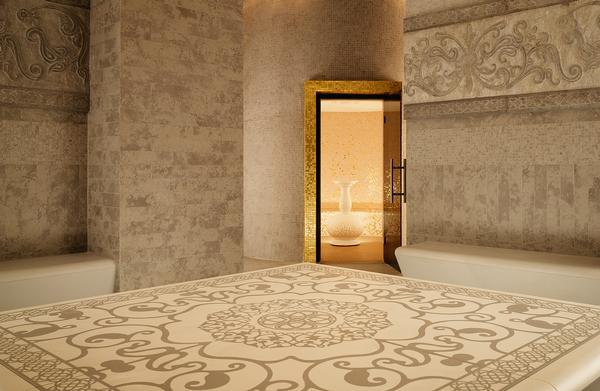
Kameha Grand Zurich / 2015
The five-star Kameha Grand Zurich is an LH&E Group hotel that celebrates the rich heritage of Switzerland. In the lobby, guests are greeted by a matelassé white wall covered with golden hotel keys, rugs with Guilloches-inspired drawings, a grand staircase and a monumental handcrafted cow bell lamp. The 245 rooms and 12 themed suites are appointed with Swiss-inspired chocolate-patterned wall panelling, mini-bars fashioned as bank vaults and Toblerone-shaped sofas.
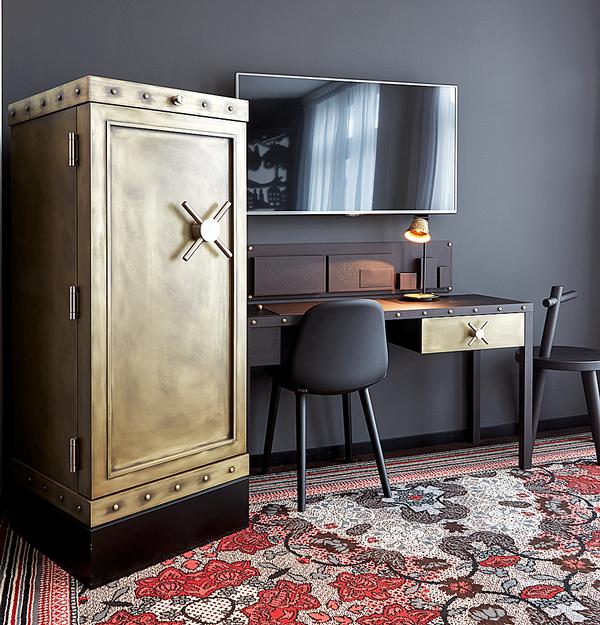
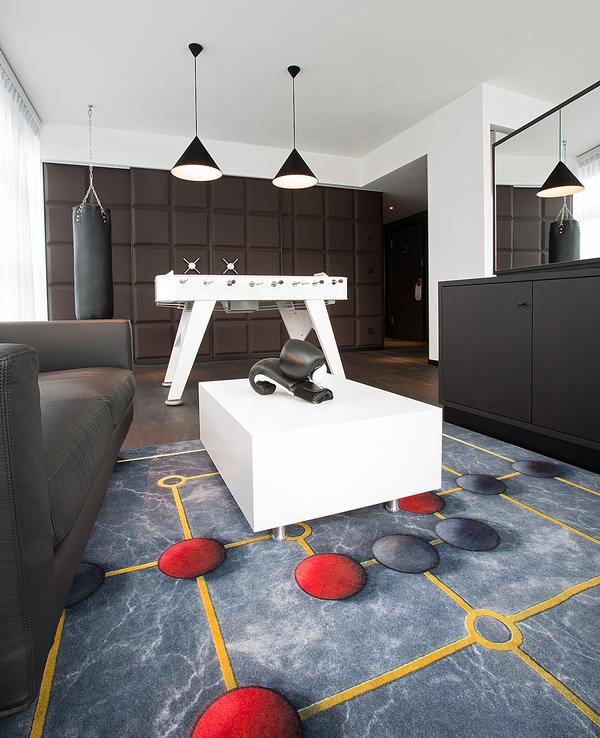
Grand Hotel Portal Nous / 2017
Nestled on a Mallorcan beach, the luxury Iberostar hotel has been designed with “transparency, whites and reflective surfaces to create a flow of openness” and to emphasise the spectacular scenery. There are 66 rooms, four penthouse suites, five themed suites and an eye-catching gym and spa, with a secret garden and a cascading pool outside.
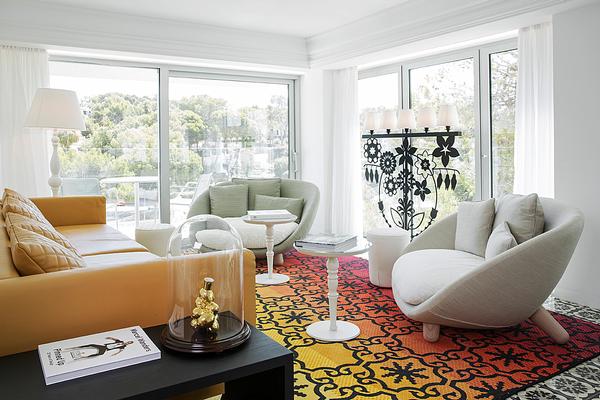
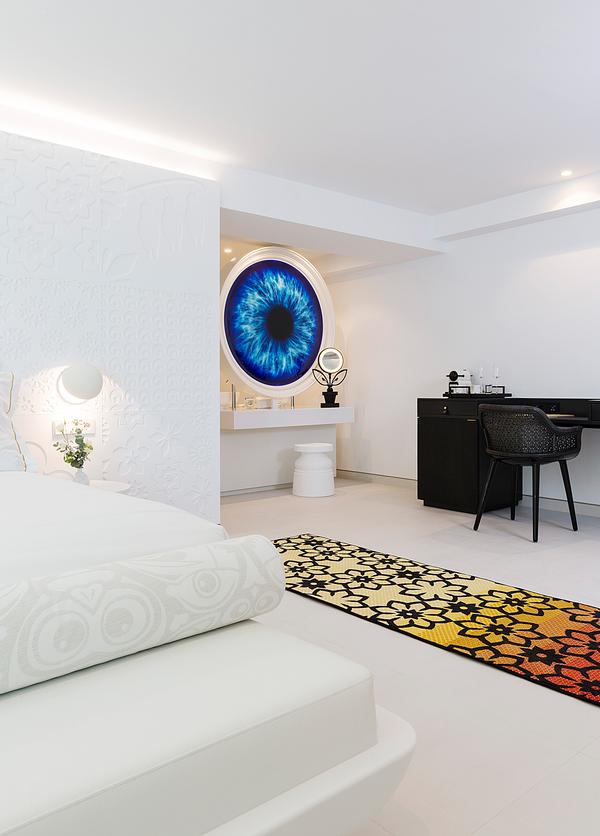
Mondrian South Beach / 2008
Conceived as Sleeping Beauty’s castle with a panoramic view over Biscayne Bay in Miami Beach, the hotel welcomes guests “into a magical world of wonder and style.” Consisting of 342 studios, bedroom apartments and penthouses, the hotel includes unexpected design features, such as manga faces opposite the beds, oversized brass bell-shaped chandeliers and a huge black floating metal staircase in the lobby.
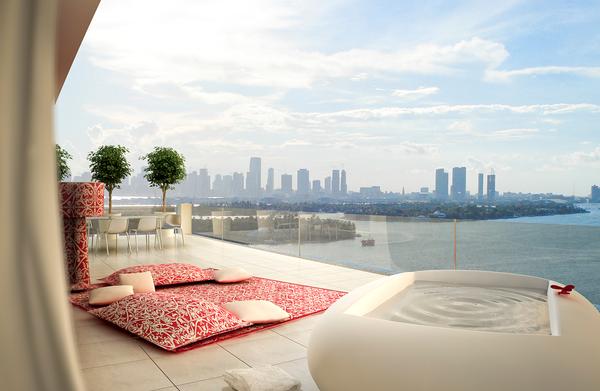
Andaz Amsterdam Prinsengracht / 2012
The studio transformed a former public library building in the heart of the Dutch capital into a five-star boutique hotel of 122 rooms and five suites for Hyatt Hotels. The design scheme and choices of furniture reference the Dutch Golden Age and Delft ceramics. Elements include oversized bells, passion red Tulip Chairs, carpets and walls showing ancient nautical maps and a romantic secret garden.
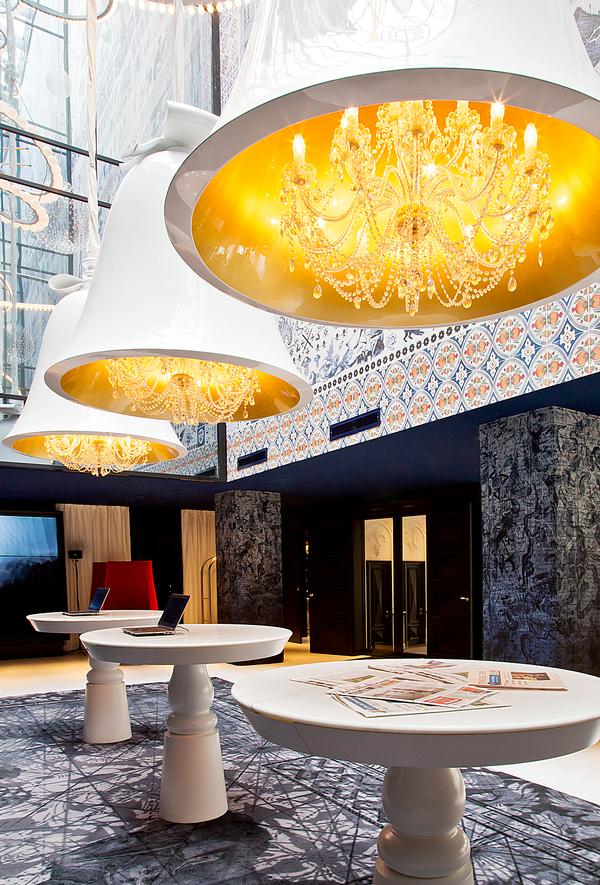
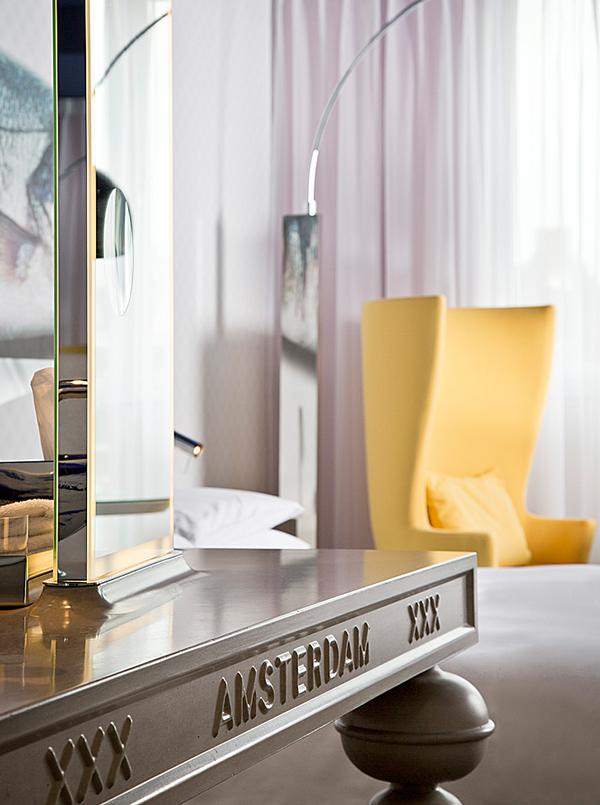
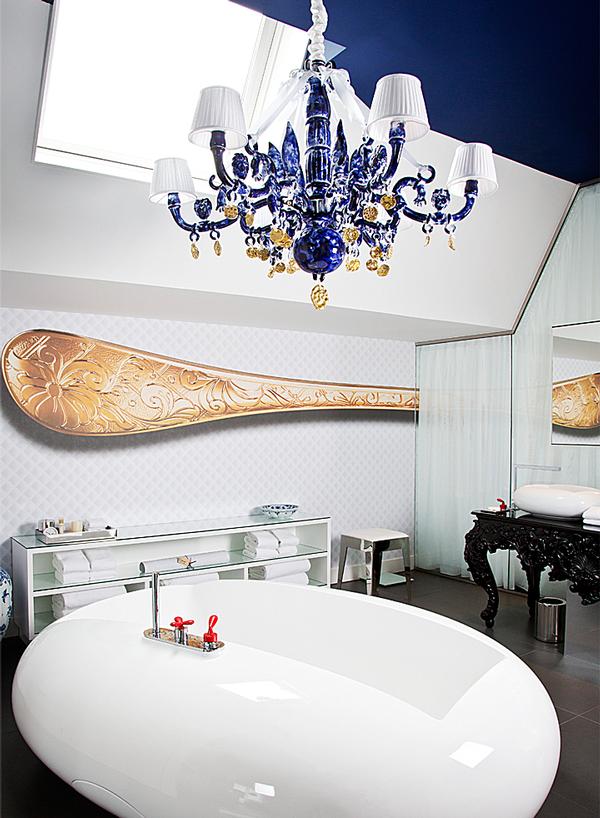
Lute Suites / 2005
Across seven individual 18th century cottages, Wanders created home-like settings complete with modern and classical décor. Bespoke objects and furniture made each suite unique and were designed to offer guests “a more personal and meaningful experience.”
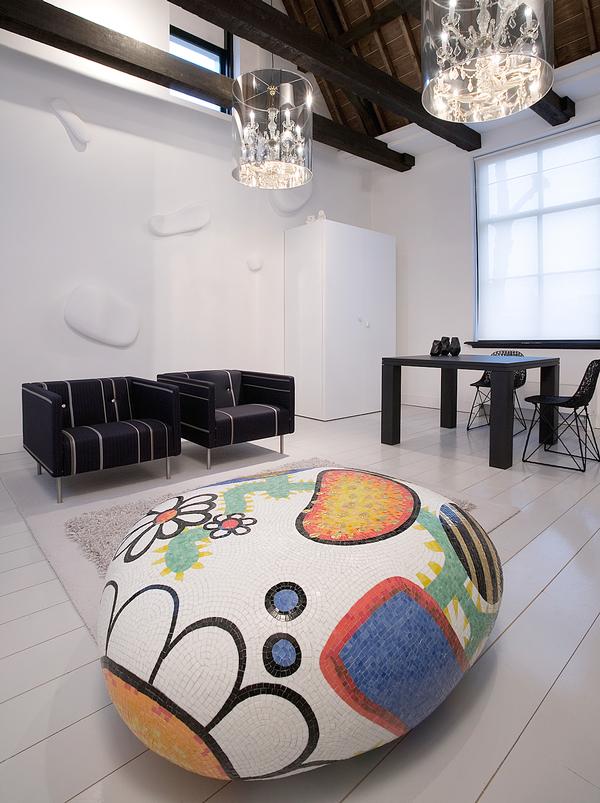
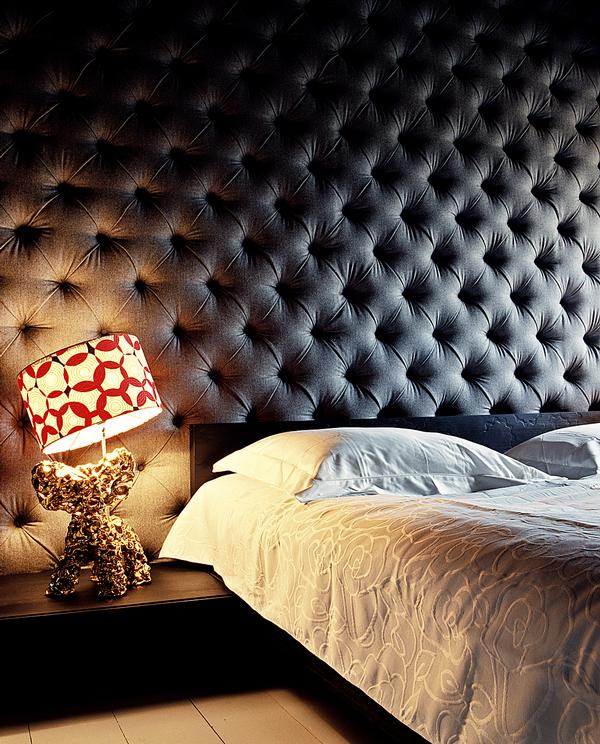
Marcel Wanders: Products
